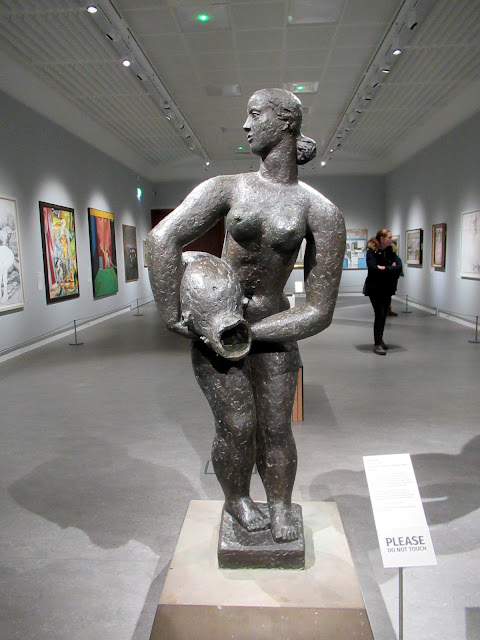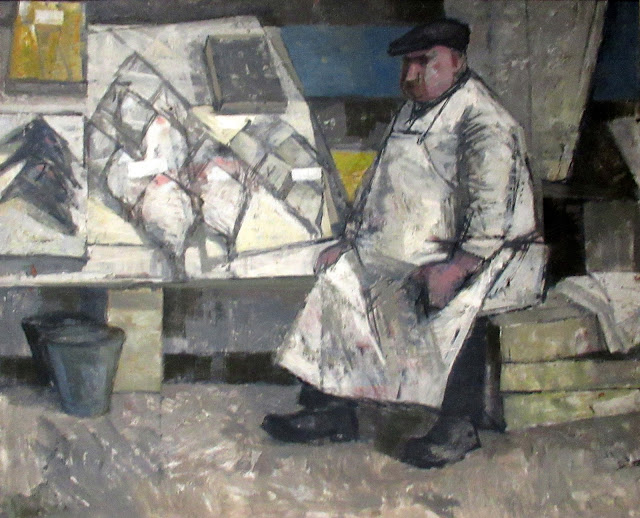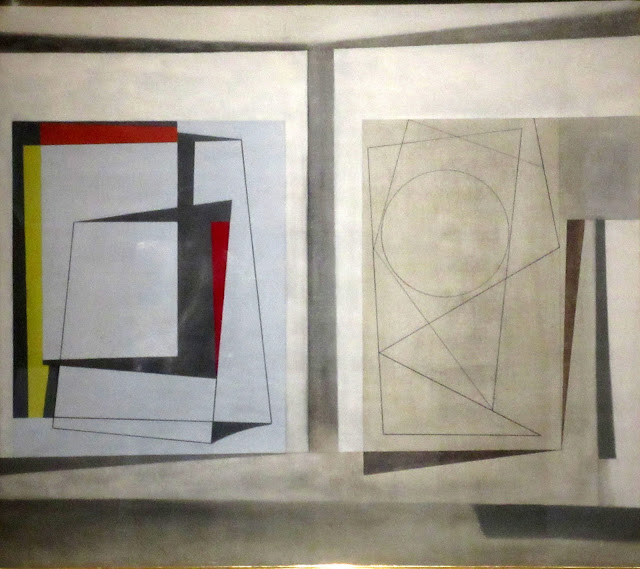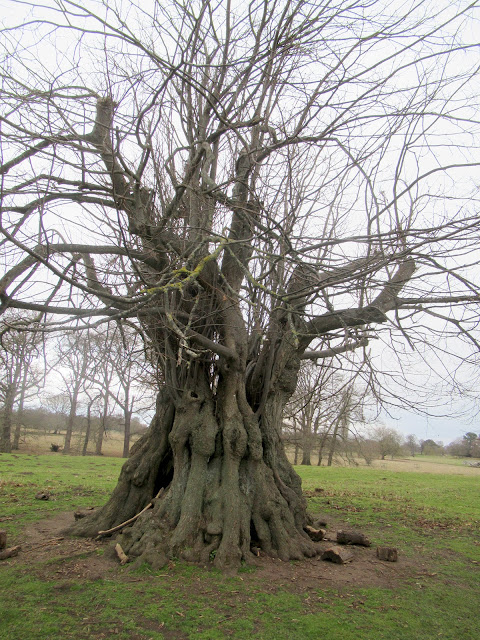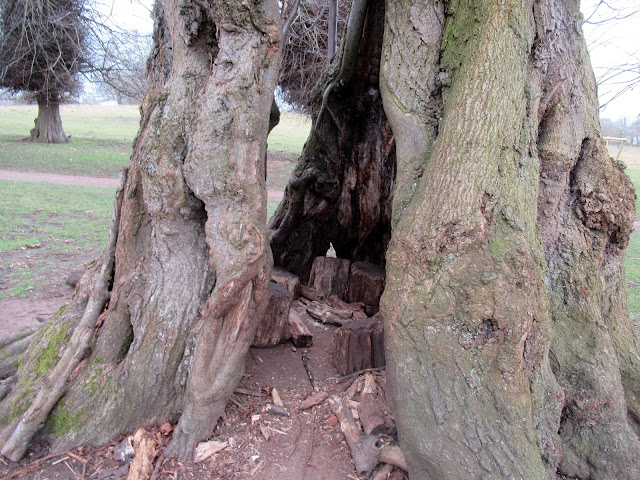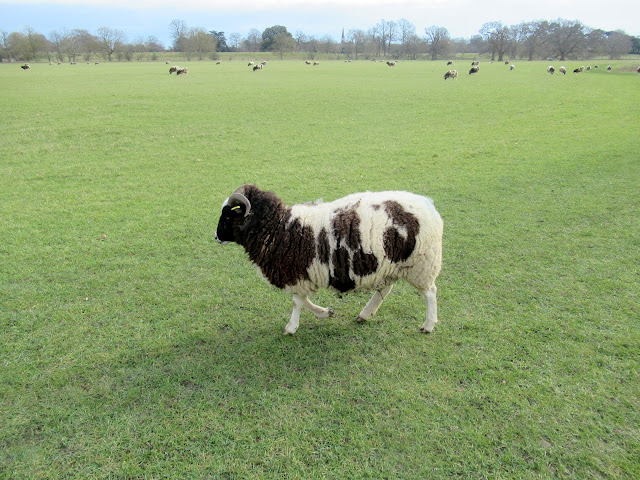An exhibition that reflects 65 years of collecting at the Herbert, from the appointment of the gallery's first art director, John Hewitt in 1957, to the present day.
Hewitt chose to collect works showing scenes of British life and landscape which he felt would appeal to Coventry citizens. He held strong socialist views, and this is reflected in the works he selected, which included many views of British towns and cities and working class people going about their everyday lives. He also collected a small number of more radical works by artists like Barbara Hepworth and Ben Nicholson, as he wanted to reflect current ideas in art. He retired in 1972.
Since 2010 the main focus of the Herbert's collecting has been on themes of conflict, peace and reconciliation: this reflects the city's role in promoting peace and reconciliation internationally, which grew out of the destruction of WWII. Most recently a key priority for collecting has been works by black artists and female artists, in order to redress a historic imbalance in the collection.
Nahem Shoa, Giant Head of Gbenga, 2011, (oil on canvas)
Gbenga Ilumoka posed for this portrait in around 50 sessions each lasting for eight hours.
Lisa Gunn was partially paralysed in a road accident in 1997. In this self-portrait she photographs herself in her wheelchair, challenging society's beliefs and ideas about disability. The scale of the work requires the viewer to look up at her, placing her in a dominant position. This is in contrast to real life where Gunn feels that people physically and metaphorically look down on her.
Although this is a self-portrait, Gunn has given it the title Victoria. This is a reference to the restrictions imposed on women in the Victorian period, symbolished by the corset she is wearing, and also to the victory or empowerement she has achieved through her art.
Fred Ulman escaped from Nazi Germany in 1933, eventually arriving in London in 1926. He spent summers in the Croesor Valley in Wales. Like many of Ulman's landscapes, The Slate Mines shows the scene at dusk with the sky red from the setting sun. There is a sense of profound stillness which is also characteristic of his work.
Barbara Walker, The Big Secret I, 2015, (conte crayon on paper)
Walker is a Birmingham based artist, whose drawings of the human figure are concerned with issues of racial identity, belonging and class power. The Big Secret I is part of the series Shock and Awe, a collection of drawings reflecting on the contribution of black servicemen and women to the British Armed Forces from WWI to the present day. Some of them show soldiers from the British West Indies Regiment and the King's African Rifles. In this drawing one of the soldiers is shown as a blank silhouette, emphasising the way in which their contribution has been erased from the nation's historical record.
This series of paintings were made in 1986 during a residency at the Coventry West Indian Association. Jatjes is South African and he studied in Germany in the early 1980s where he was influenced by Joseph Beuys and Anselm Kiefer, who were trying to address the traumatic history of the Nazi Holocaust in post-war Germany.
Korabra refers to a drum played at funerals and means 'to go and come back' in the Akan language of Ghana. At the centre of this painting is a tomb-like structure, which is encircled by what look like wooden stakes. The dark sky and the scorched bloodstained earth create a sense of foreboding.
Clough's early work concentrated on urban and industrial landscapes and working people such as printers, welders and lorry drivers. From the 1960s her work became increasingly abstract. Some of her abstract works seem to show images of things, yet it is not always obvious what they are so the paintings remain ambiguous and mysterious.
Nicholson's early paintings were landscapes and still lifes but his style became more abstract in the 1920s. His geometric paintings and reliefs are among the most influential abstract works in British art.
At the outbreak of WWII Nicholson and his wife, the sculptor Barbara Hepworth, moved to St Ives in Cornwall, hoping to find a safe place in which to raise their family. They were joined there by several other artists who together formed the British Modernist movement known as the St Ives School.
Sidney was born in Leicester and trained at Leicester College of Art. He moved to Coventry in 1956, where he taught at Caludon Castle School.
Much of his work is inspired by machine forms, with technical drawings and photographs often used as a starting point. This painting is based on an activity that took place in the precinct in Coventry.
This work is subtitled Walnut because the bronze was cast from Barbara Hepworth's 1964 Figure, a carving which was made from walnut wood. The two colours were made by chemically treating the surface. Hepworth was inspired by sea-worn objects, such as pebbles found on a beach. The holes are an integral part of the sculpture and show that the nterior space is as important as the solid part.
Morreau is best known for her contributions to the feminist art movement in Britain. In the 1980s she was heavily involved in the creation of landmark exhibitions which challenged the accepted power relations between men and women as traditionally reflected in art.
In this painting the human form verges into abstraction. The figure is broken and twisted, perhaps reflecting Morreau's views on how women are traditionally portrayed in art and her feminist beliefs.
Between 1950 and 1955, Lowry painted five panoramic industrial landscapes. They showed the spread of industry and the urban environment into the British landscape. He followed these in the 1960s with three views of mining towns in the valleys of South Wales, of which this is one.
In the 1950s Bratby was a leading member of the Kitchen Sink School of artists. These young painters portrayed post-war social conditions and domestic scenes with a gritty realism.
This painting looks out across suburban gardens on a winter's day. The scene is deliberately bleak and everyday. The paint has been squeezed directly onto the canvas, then modelled into ridges and nodules that catch the light in low relief. Even the lace curtain is represented in caked, rutted paint.
The main subject of Shaw's paintings is the Tile Hill area of Coventry where he grew up. The paintings are based on thousands of photographs taken by Shaw and show empty playing fields, pubs, public buildings, garages, houses and woods. They deliberately convey a feeling of tension and unease.
Shaw works with Humbrol enamel paint, normally used by model makers. He builds up layers which result in vibrant and highly detailed paintings, creating a strong sense of place and memory.




